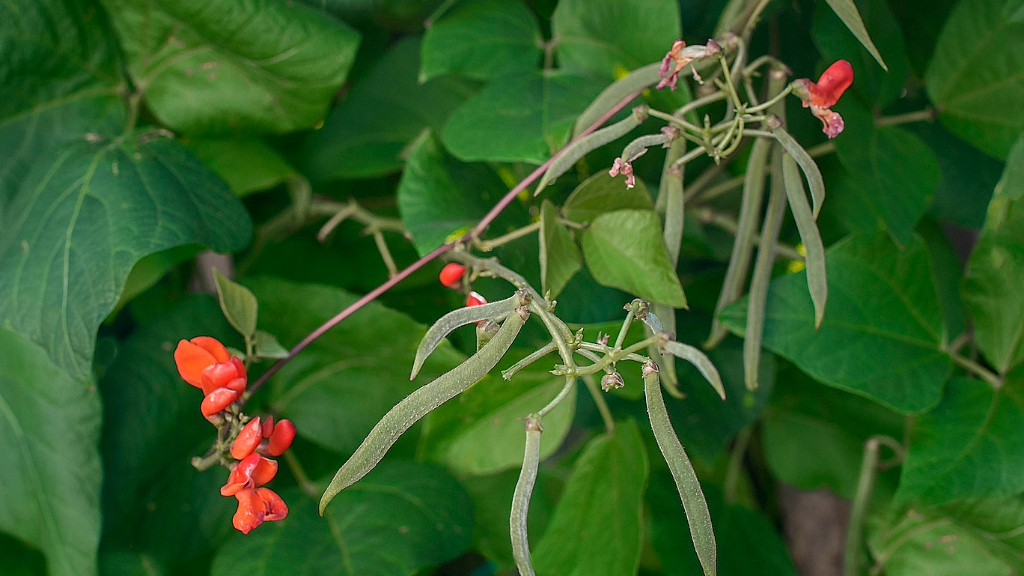History Of Scarlet Runner Beans
Here's a runner bean that will change the face of your garden. Scarlet runner bean plants are planted as often for the beauty of their flowers as for their generous bean. Think gorgeous crimson flowers clustered like sweet peas. Think vines shooting up tall and strong.


Here's a runner bean (Phaseolus coccineus) that will change the face of your garden. Scarlet runner bean plants are planted as often for the beauty of their flowers as for their generous bean. Think gorgeous crimson flowers clustered like sweet peas to which all the hummingbirds in the neighborhood will flock. Think vines shooting up tall and strong enough to create teepees for kids to play in.
Scarlet Runner Bean Facts
The history of Scarlet runner beans starts in North America, since red runner bean plants are native in highlands of Mexico, Costa Rica, El Salvador, Guatemala, Honduras, and Nicaragua, where they have been cultivated for thousands of years. They were brought to this country in the early 1700s. While you are brushing up on scarlet runner bean facts, you'll want to learn about cultivars. Although gardeners continue to love the original scarlet runners, cultivars have been developed and are available in commerce. Some look a lot like the original variety, like 'Scarlet Emperor' and 'Best of All,' but at least seven cultivars propose white flowers, like 'White Dutch.' If you prefer a mix of white and red, try 'Painted Lady,' or buy 'Sunset' for soft pink blossoms. Scarlet runner is the runner bean variety you are most likely to see in American gardens, especially in the Pacific Northwest. The plant is a perennial, preferring cool, humid regions. In the proper site, Scarlet runner vines grow fast and furiously, easily reaching 20 feet tall. They are grown as eye candy thanks to the huge blossoms, each over an inch wide, growing in masses of up to 40 on a single stalk. Hummingbirds love them so much that planting scarlet runners is almost a guarantee of increased hummingbird action in your backyard. And let's not forget the edible parts of this crop. Lovers of greens can toss the bright flowers or young green pods into a salad, but the beans themselves"”marbled black and purple red"”are delightful eating and dry well.
Growing Scarlet Runner Beans
If you want to add a few Scarlet runner bean plants to your garden, you've got to put the seeds in the ground early to give them time to develop the beans before autumn rains. Plant the seeds about an inch deep near some type of strong trellis or fence. Growing scarlet runner beans requires vigilance. When the beans start ripening, you'll need to pick the ripe pods on a daily basis to prevent the plants from shutting down.
Sign up for the Gardening Know How newsletter today and receive a free copy of our e-book "How to Grow Delicious Tomatoes".

Teo Spengler is a master gardener and a docent at the San Francisco Botanical Garden, where she hosts public tours. She has studied horticulture and written about nature, trees, plants, and gardening for more than two decades, following a career as an attorney and legal writer. Her extended family includes some 30 houseplants and hundreds of outdoor plants, including 250 trees, which are her main passion. Spengler currently splits her life between San Francisco and the French Basque Country, though she was raised in Alaska, giving her experience of gardening in a range of climates.